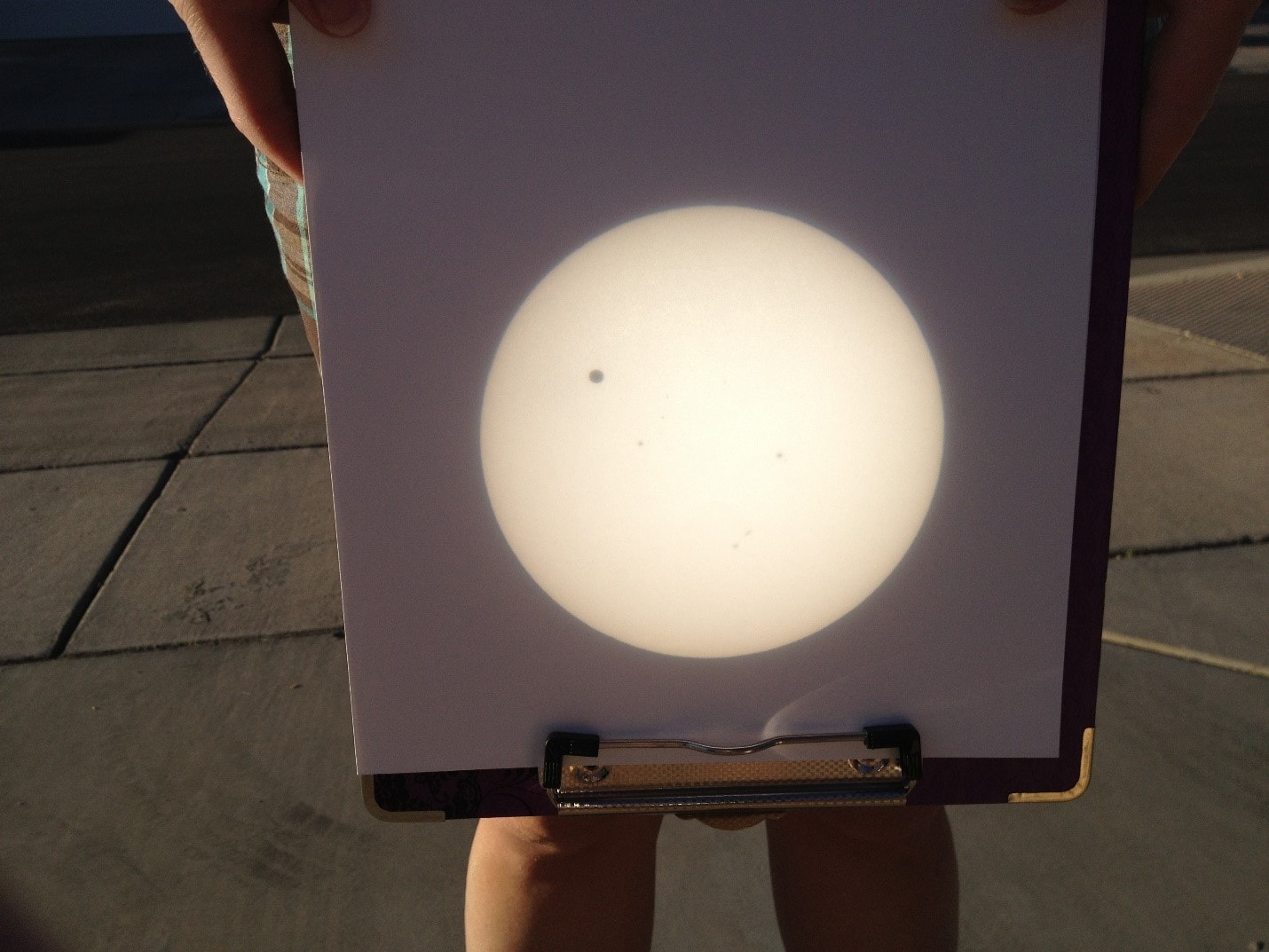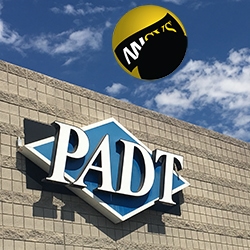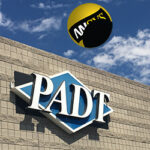
So, how did ANSYS help us view the eclipse? It was in an indirect way – via a pinhole camera I made from an old ANSYS installation software box. The software box, a hobby knife to cut out a viewing port, a couple of post-it notes to allow for a small hole and a clear projection area, and a thumb tack were all that was needed, along with a couple of minutes to modify the box.
Here we can see the viewing port cut into the software box. On the opposite side is a pin hole to allow the sun’s light to enter the box.
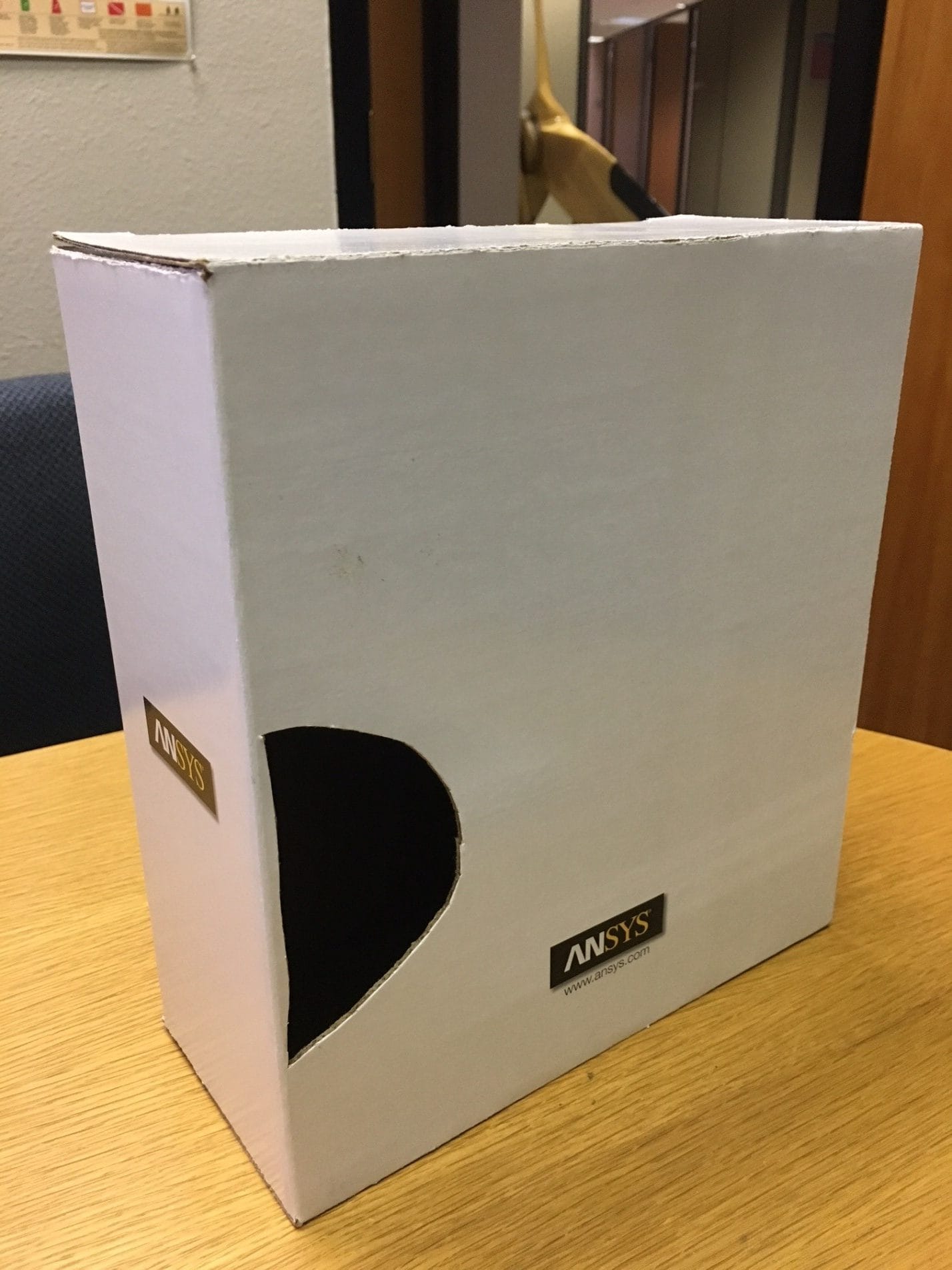
After heading out to the eclipsing grounds (the parking lot), we quickly lined up the pin hole and the projection screen and got our views of the partially obscured sun:
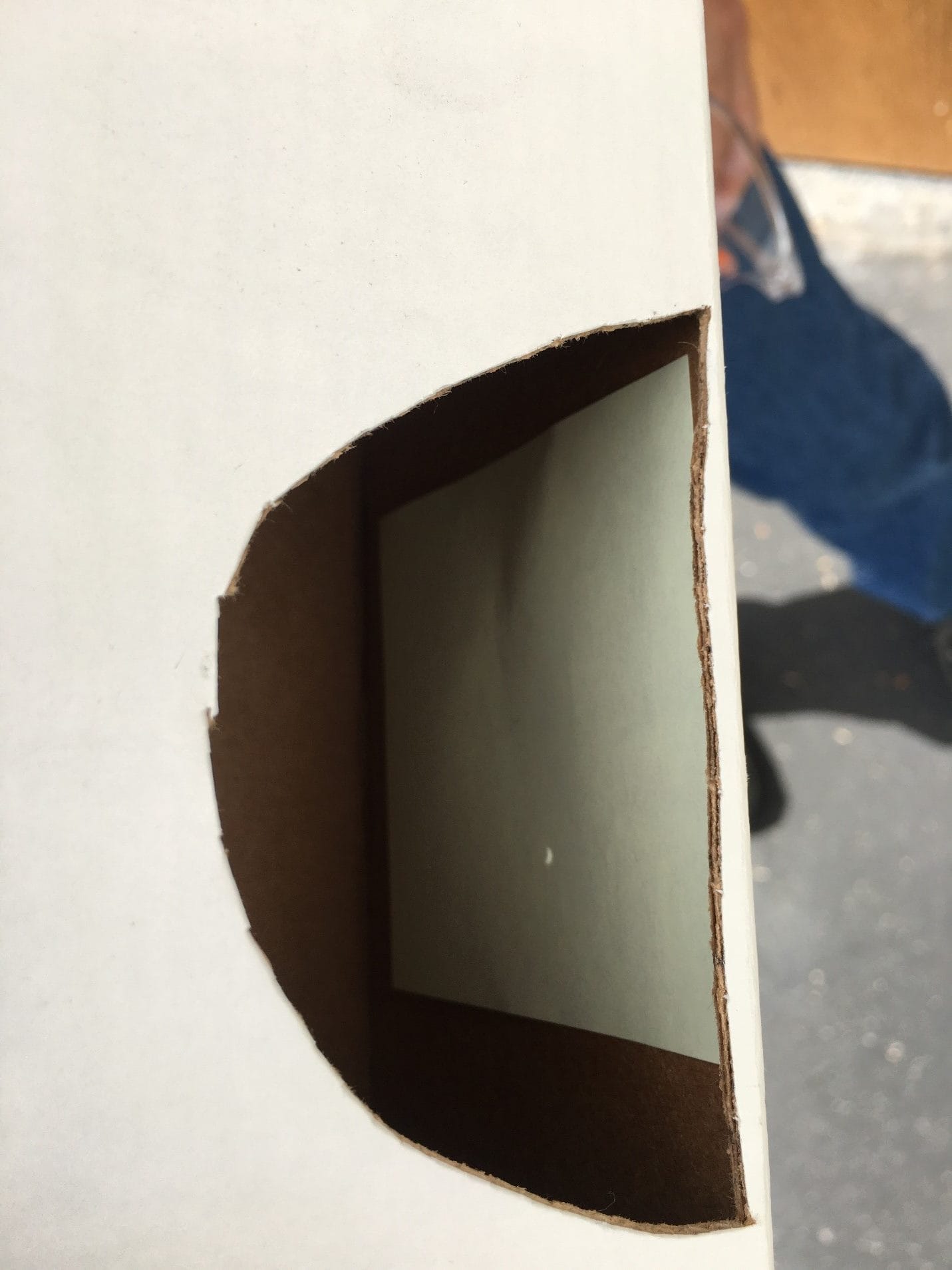
Here is a close up of the sun’s image projected inside the box:
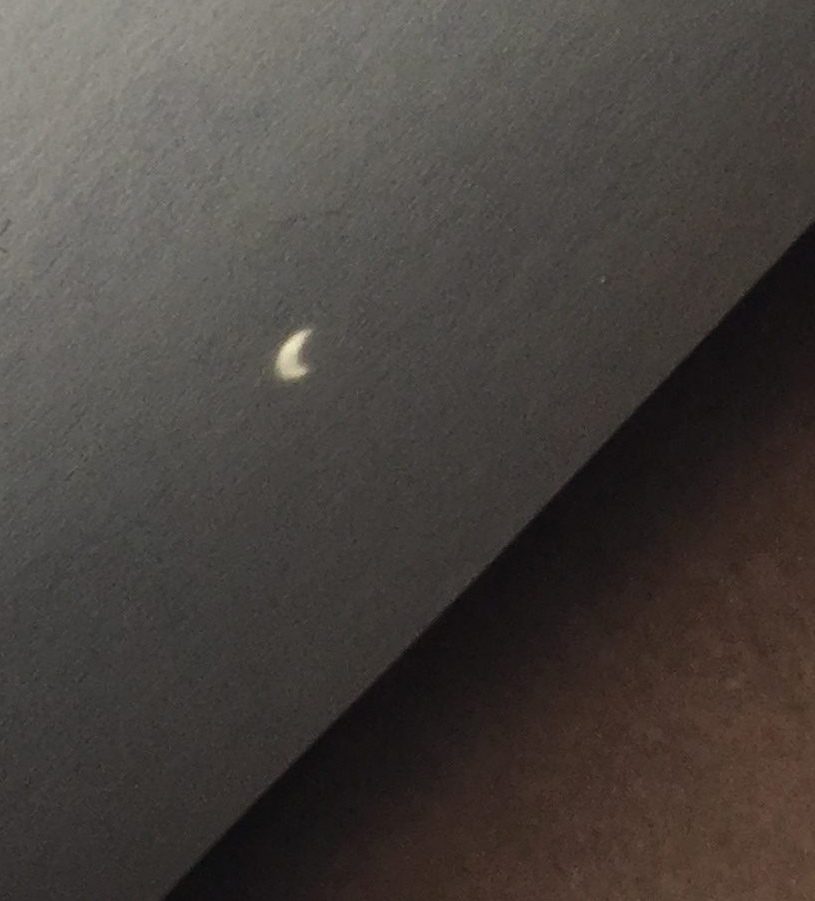
Others viewing the eclipse here at PADT HQ had a range of filters, eclipse glasses, etc. With the projection method as shown above, though, we don’t have to worry about eye damage. So, in a way, ANSYS did help us view the eclipse safely, by providing a box that was easy to convert to a pinhole camera.
While we enjoyed the partial eclipse here in Arizona, we did have a couple of PADT colleagues in the path of totality. Here is a picture from one of my coworkers who viewed the eclipse in South Carolina:
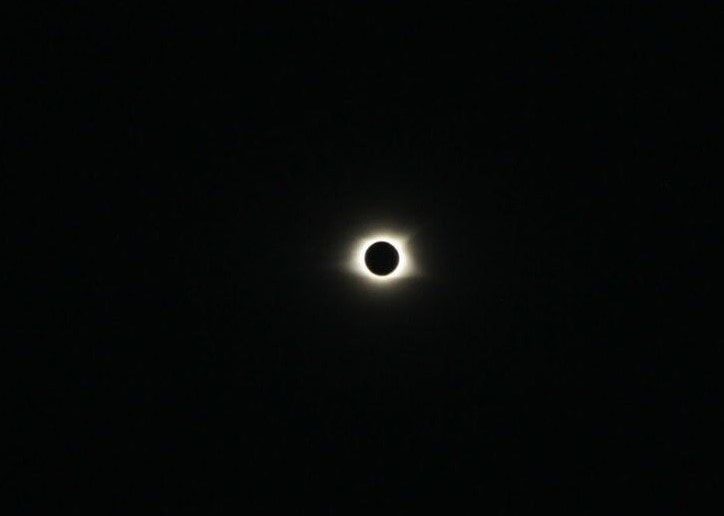
We hope you enjoyed the eclipse as well, either in person or via images on the web. We’re looking forward to the next one!
Finally, In case you missed an earlier astronomical rarity back in 2012, here is a photo of the planet Venus transiting in front of the sun’s disk (black dot on the left side). The next one of these won’t be until December, 2117.
